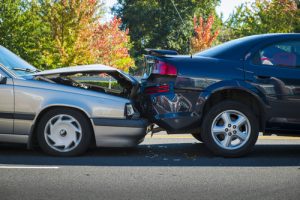 Riding motorcycles can be exhilarating because of the sense of freedom that riders have while they ride. Many people who ride motorcycles also choose to do so because of their excellent fuel economy and more affordable cost compared to cars. While motorcycles offer some advantages compared to larger motor vehicles, they also carry inherent risks. Unlike people riding in cars or trucks, motorcyclists do not have the protection of a metal cab surrounding them. When they are involved in motorcycle accidents, motorcycle riders are much likelier to suffer catastrophic injuries or fatalities.
Riding motorcycles can be exhilarating because of the sense of freedom that riders have while they ride. Many people who ride motorcycles also choose to do so because of their excellent fuel economy and more affordable cost compared to cars. While motorcycles offer some advantages compared to larger motor vehicles, they also carry inherent risks. Unlike people riding in cars or trucks, motorcyclists do not have the protection of a metal cab surrounding them. When they are involved in motorcycle accidents, motorcycle riders are much likelier to suffer catastrophic injuries or fatalities.
The National Highway Traffic Safety Administration (NHTSA) releases national motorcycle crash data each year, but the reports are delayed by a few years. The most NHTSA recent data is from 2020. The most recent data from the California Statewide Integrated Traffic Records System (SWITRS) is from 2021. We have compiled motorcycle crash statistics to help you understand the risks, types of collisions, and steps you can take to reduce your chances of being involved in a motorcycle accident.











